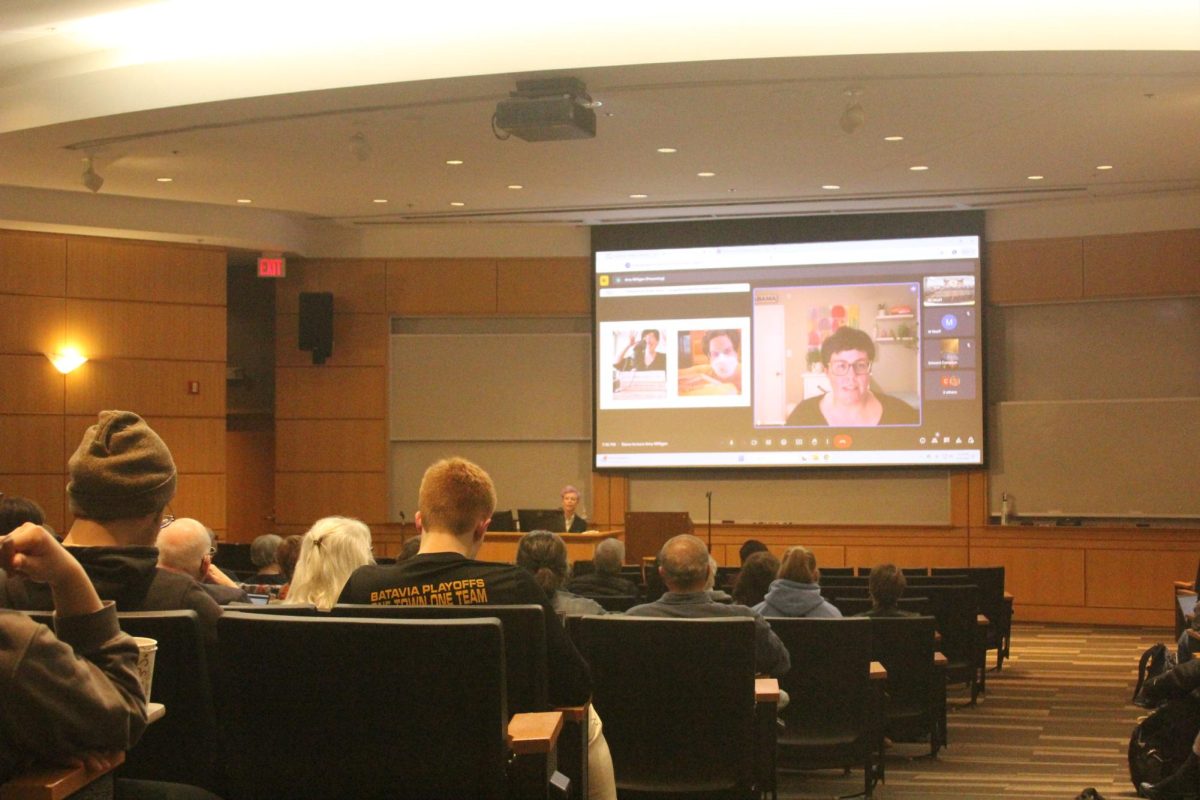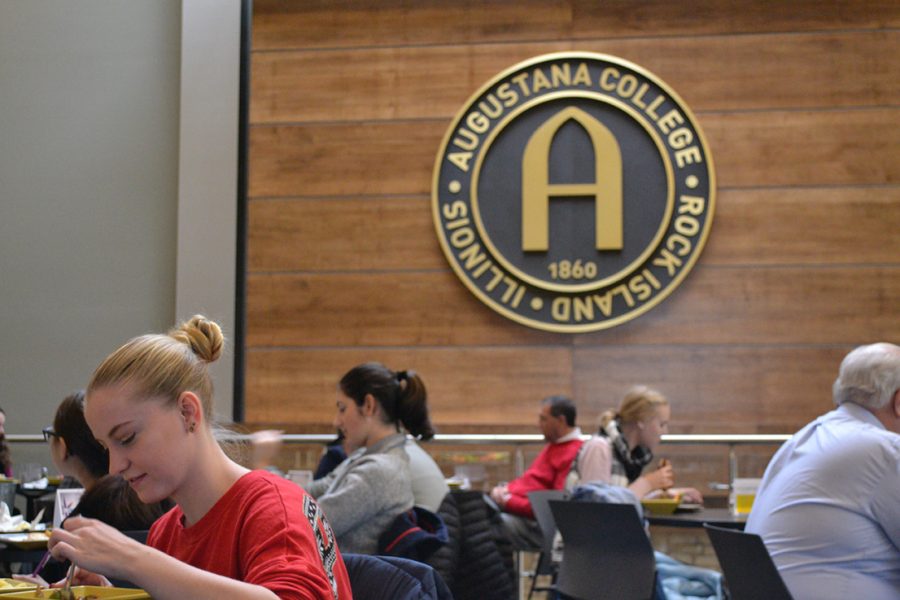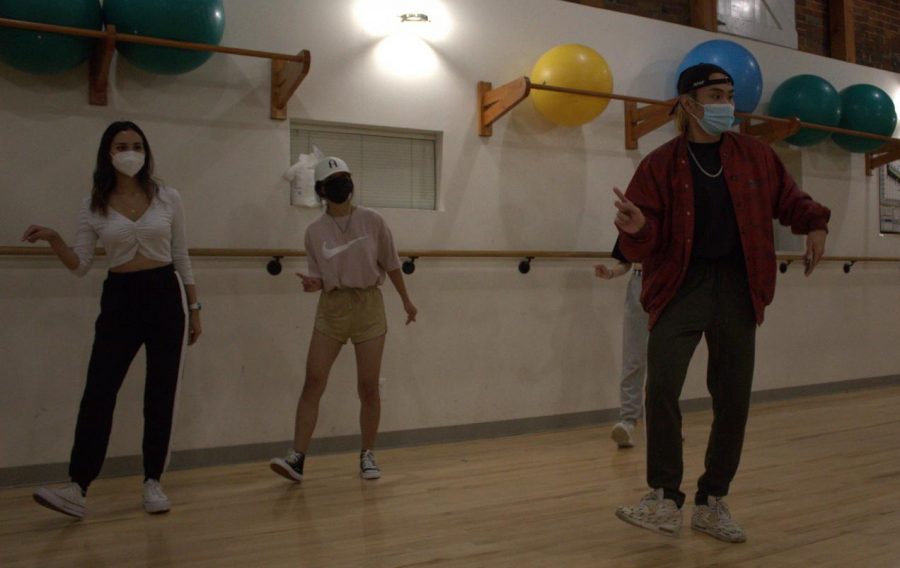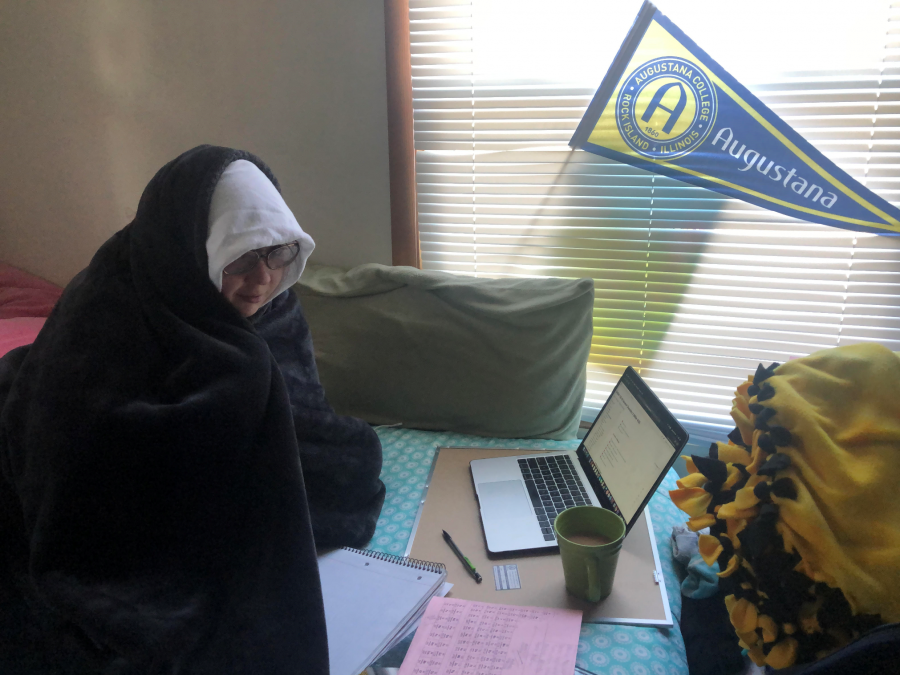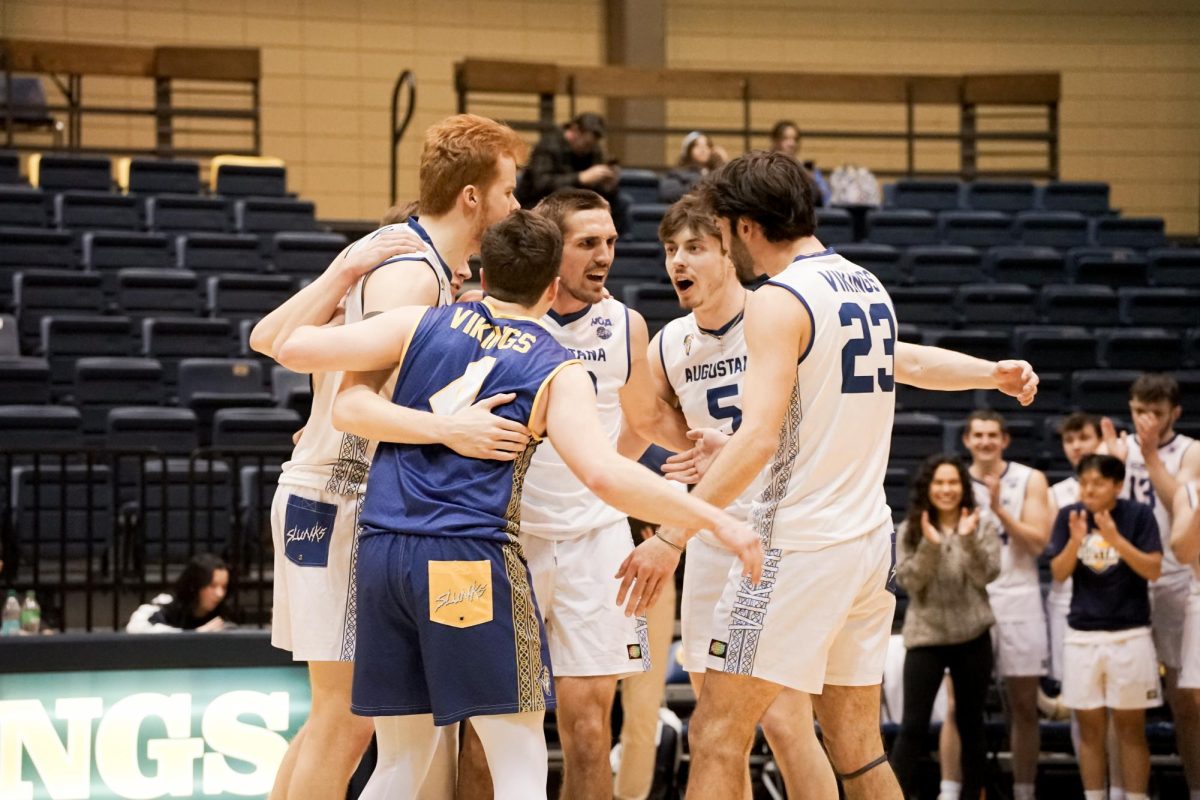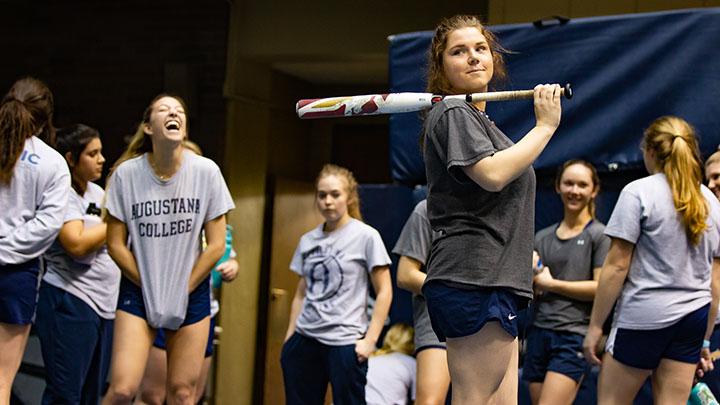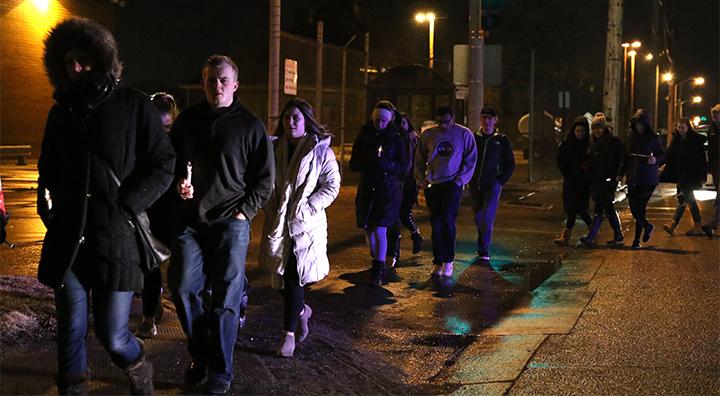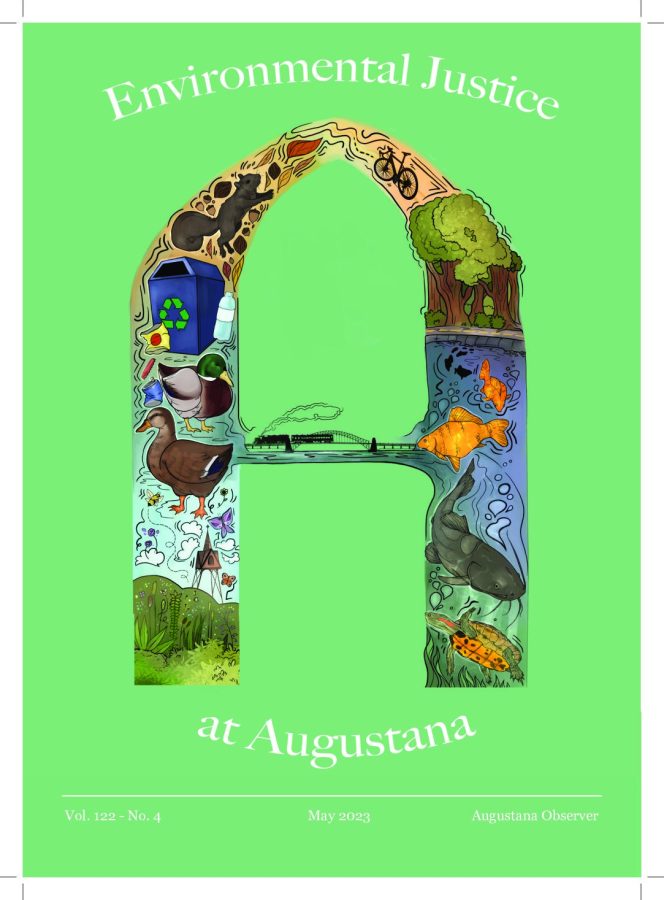Augustana College is preparing to send out COVID-19 Relief funds from the Coronavirus Response Relief Supplemental Appropriations Act and the American Rescue Plan. Schools around the country received money from the government for students, depending on the number of students at each institution, and depending on the number of students who qualify for these grants.
Chief financial officer Kirk Anderson said that after students submit their FAFSA, students are sorted into three categories: Pell Grant eligible, Illinois/ Map Grant eligible and non-Map or Pell eligible but still qualifying, by the business office and financial aid, based on need.
This year, the business office also believes two separate checks will be sent out for students, as opposed to the one check that was sent out last year.
“Our hope right now is that the actual payment from the federal government is close enough together where we can send all the money out at one time instead of doing two separate checks,” Anderson said.
Controller Jacob Bobbitt is hopeful that the checks will be sent out to students in the coming weeks, which will aid in school related expenses.
“The calculation on the amount that the students will be getting is close to the same. Instead of submitting a budget of estimated expenses that a student would have associated with COVID-19, this time we’re told that it can go to anything associated with cost of attendance, which is tuition, housing, dining, books,” Bobbitt said.
The federal government is also sending money to the college to combat the financial difficulties caused by the pandemic.
“The federal government is giving money to the college for support functions. That’s where we have to be a little bit more descriptive as far as what we’re using it for and what it’s backing up as far as, you know, reimbursement for any other so-called losses that we’ve had on campus,” Anderson said.
However, overall communication with the federal government has been difficult, as the guidelines for what exactly the money can be used, particularly in regards to the school, have changed several times.
“In our first submission of the payment, the federal government asked what exactly is it that we’re going to be using this for. We had to create some type of a framework to give an estimate of what expenses students might have.” Anderson said. “A lot of parameters have been set and they gave schools money, but they’ll come and audit after the fact when we don’t even know what the guidelines are that we need to follow.”
As the guidelines continue to change, the business office has continued to stay vigilant and update themselves on guidance from the government.
“I get almost daily emails off of public accounting offices and also off of the Department of Education (DOE), as they give out additional guidance to keep us up to date on what we should and should not be doing with the funds, but the Department of Education has been changing guidelines and policies monthly,” Bobbit said.
These checks will go directly to students, in order to support them during this unprecedented time.
“Sometimes we get emails back to us saying “can you just apply it to my account,” and the federal government is pretty specific in saying, ‘No, the colleges can’t just turn around this and apply it to [student’s] bill.’ We do have to go through that process of making sure we send you the money.” Anderson said.
As of right now, Anderson is unsure of how long the COVID-19 relief funds will continue for in the future.
“If it’s a situation where COVID-19 spikes up again and there’s some change, maybe Congress would pass something else. But we’ve got people vaccinated and we started on a trend where we’re improving,” Anderson said.
Sophomore Erica Ansburgis is anticipating receiving COVID-19 relief funds from the school again. Last year, she said that the funds she received were helpful when students were sent home last year.
“It really helped me because we got sent home, and I was really relying on my on-campus job for income,” Ansburg said.
Ansburg said that last year, students did not receive much notice about the funds, and she said she is hopeful that communication will be improved this year.
“I just sent that initial email and I got it a couple weeks later in my mailbox, but they never told me how much I was going to get or anything like that,” Ansburg said.
Despite the communication challenges, Ansburg acknowledged that the COVID-19 relief funds are vital for students at this time.
“I basically take it as another scholarship. I use it for my tuition because tuition goes up every year, and I use that money to offset how much it increased,” Ansburg said.
Categories:
Augustana prepares to send COVID-19 relief funds
April 28, 2021
0
More to Discover

